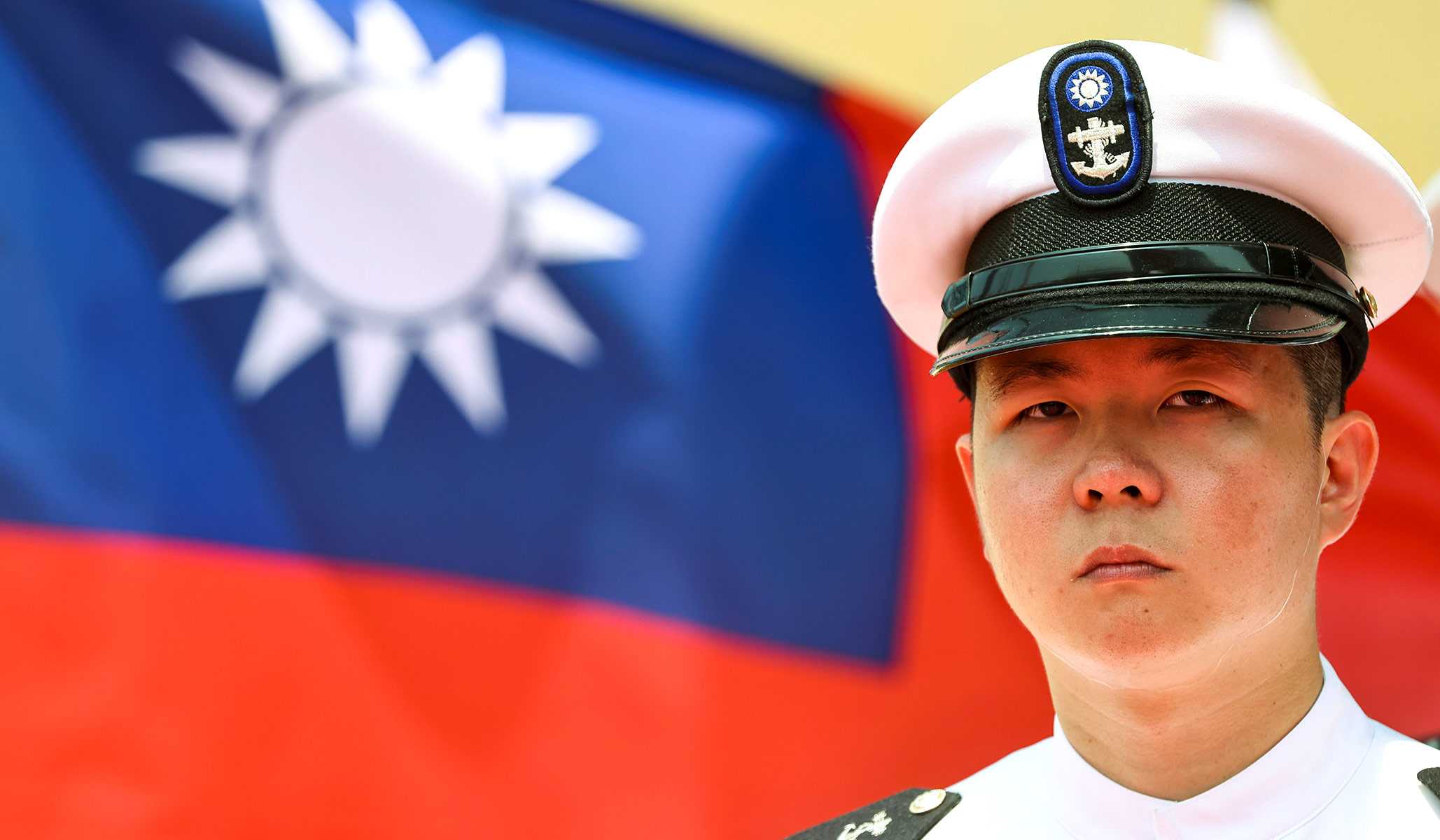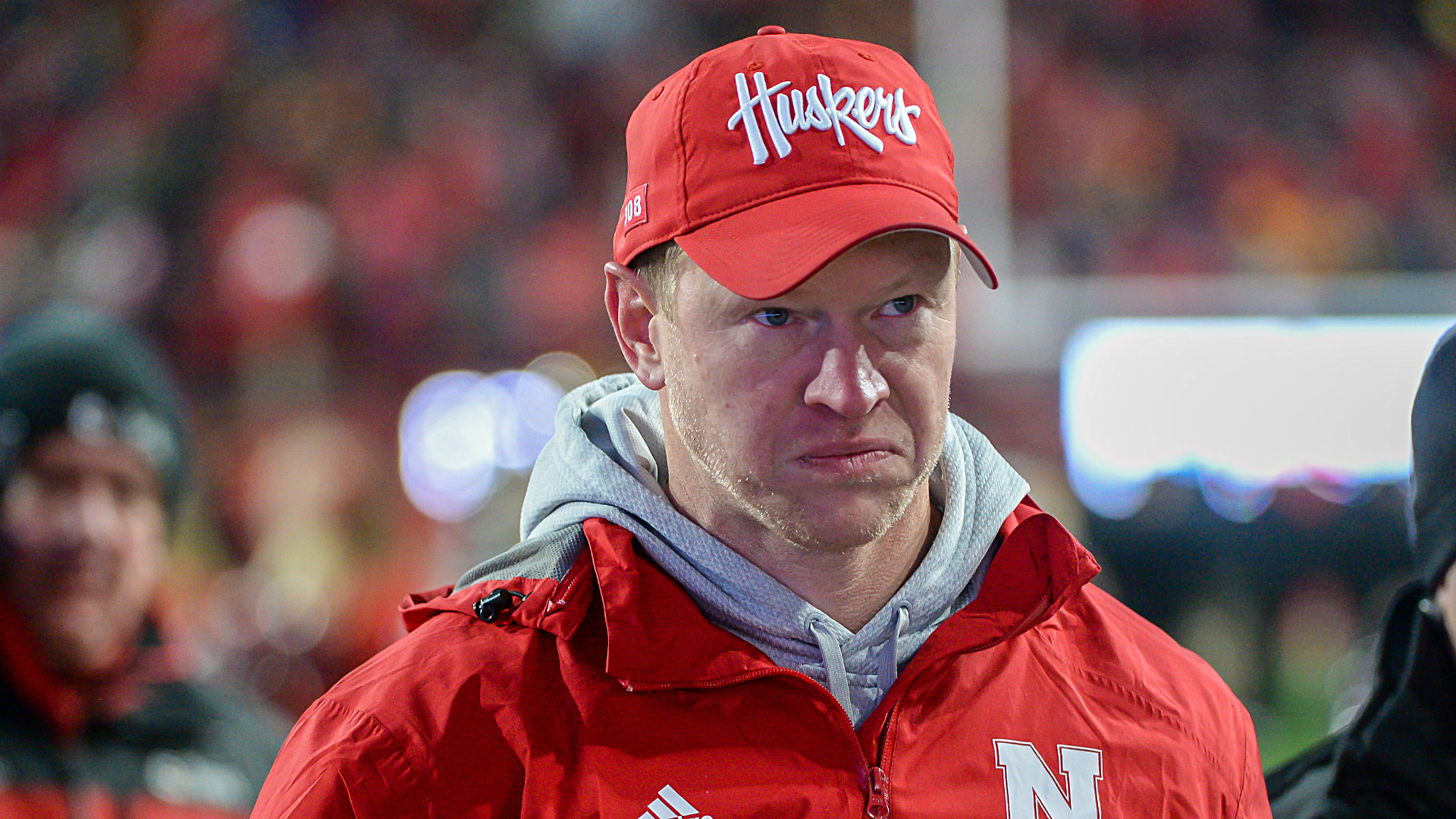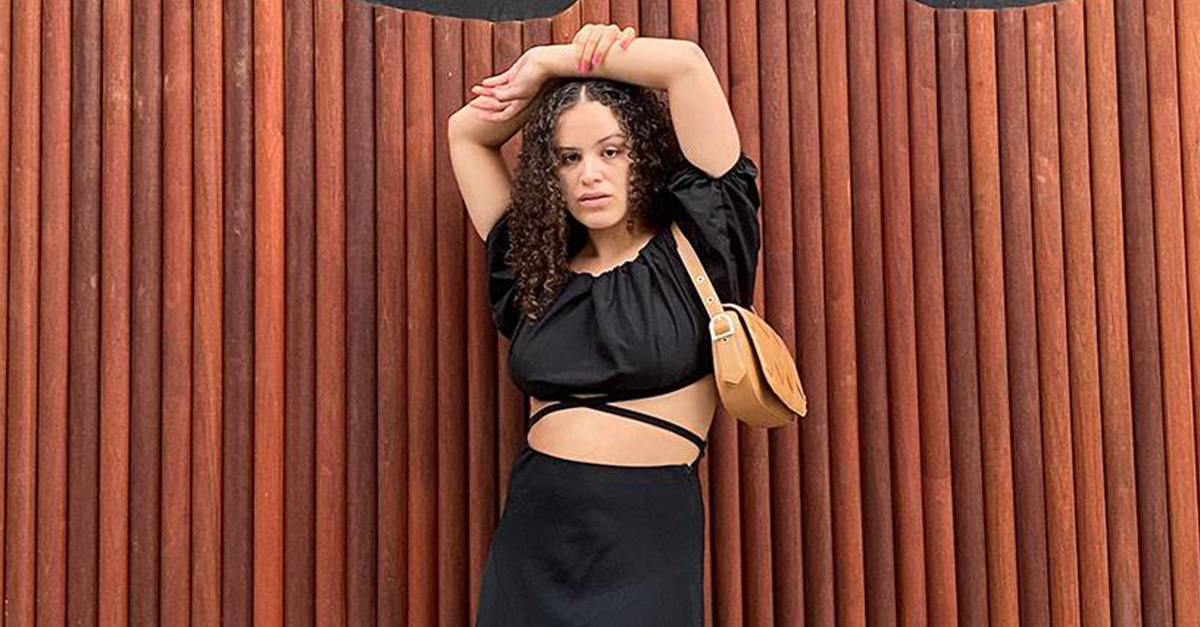Dubai is constantly morphing into something else. The emirate belies its own representation with rapidly changing skylines and ever more artificial islands—an endless becoming that makes this exhibition, “Under Construction Part II,” particularly apt. Offering an image of Dubai as more unfinished than palimpsestic, the show is the sequel to “Under Construction Part I,” which included painter Driss Ouadahi’s skeletal buildings and Hamra Abbas’s marble-inlay interpretations of Sol LeWitt’s Incomplete Open Cubes.
While “Part I” emphasized empty monumentality, architectural ruptures, and broken lines, this show traces politically charged routes and color-coded connections. Mounir Fatmi charts a volatile stock market in graphs that resemble vital signs (Calligraphies of the Unknown, 2019–20) and Farhad Ahrarnia’s embroidered photographs evoke imaginary trade networks with vibrant threads and sequins that spill from trucks like oil leaks (On the Road, the Silk Road, 2010–11). Leaning against a wall are Yazan Khalili’s Apartheid Monochromes, 2017, six canvases in shades of blue, yellow, green, and red based on the different colors of state-issued ID cards. In the language of Yves Klein, the work paints a picture of citizenship and segregation in Israel, topics further explored in Khalili’s “Cracks Remind Me of Roadkills,” 2015, in which lyrical photographs tracing Palestine’s jagged outlines in cement are paired with textual fragments recounting border crossings. Nearby, Manger Square, 2012, offers a photographic companion to Larissa Sansour’s dystopian Nation Estate, a short film that envisions the entire Palestinian population housed in one sleek skyscraper.
Nadia Kaabi-Linke’s floor sculpture Scorched Earth, 2018, snakes out underneath Ouadahi’s painting Inside Zenith, 2014, a vacant Dubaian mashup obstructed by rows of LeWitt-esque scaffolding. Kaabi-Linke’s stoneware slabs, which seem to form another axis that stretches Zenith’s pictorial surface, delineate cracks in a Dresden site where twenty thousand people were killed in 1945 after raids by Allied forces, the heat of firestorms splitting the ground. The exhibition’s fissures sprawl beyond Dubai-centric discourses, asking us to imagine not only the divisive, connected histories of other cities, but unbuilt futures as well.
— Nadine Khalil
Source link































